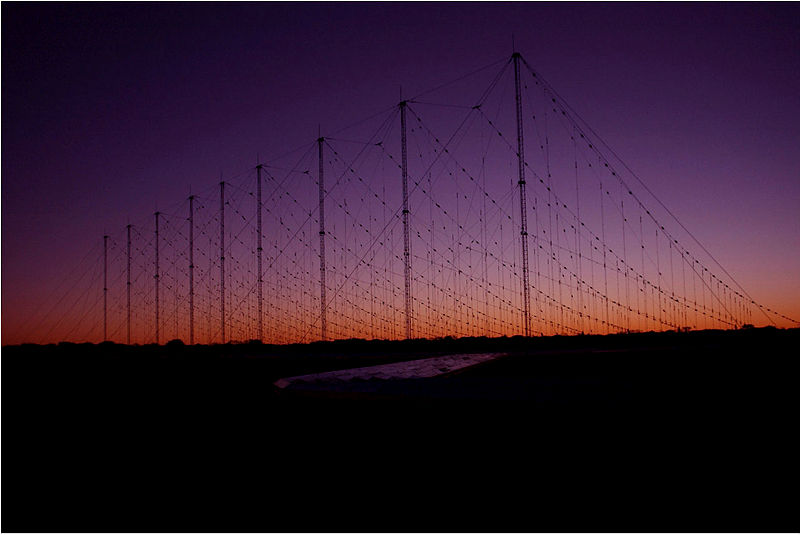
Broader investment in C4ISR is becoming increasingly critical in the face of evolving threats and changes in technology according to the 2016 Defence White Paper.
The Government plans to invest around $22 billion (out-turned prices) or 9% of the Integrated Investment Program to improve intelligence, surveillance, reconnaissance, electronic warfare, space, and cyber capabilities over the next decade.
The key C4 Investments include:
- A Military Satellite Capability to enhance Australia’s satellite communications operations and overall communications capability ($507 million)
- Common Operating Picture Capability Program, a situational awareness capability for effective decision-making and mission execution ($500–600 million)
- Position, Navigation and Timing Capability to enhance operational effectiveness ($750–$1 billion)
- Air Operations Centre ($750 million–$1 billion)
To bolster intelligence capabilities modernised all-source intelligence systems will be implemented across the organisation. Specifically investment in intelligence and mission data capabilities will support pre-programming of the Growler, Joint Strike Fighter and Poseidon aircraft, Hobart Class Air Warfare Destroyers and modern armoured vehicles.
Key intelligence program investments include the Digital Topological Systems Upgrade ($87 million), Intelligence Systems ($2–3 billion), Intelligence Surveillance & Reconnaissance Information Integration & Optimisation ($300–400 million), Enhanced Geospatial Information, Infrastructure & Services Program ($200–300 million), and the Tactical Data Links Information Exchange Capability ($750 million–$1 billion).
To boost surveillance the ADF will upgrade the current air defence network, including the Vigilaire air surveillance system and the Jindalee Operational Radar Network to be enhanced through a spiral development program in to the 2030s. P-8A Poseidon maritime surveillance and response aircraft and high altitude MQ-4C Triton unmanned aircraft will be introduced to improve surveillance, while short-range maritime tactical unmanned aircraft will be acquired by Defence to enhance the situational awareness of our Naval ships.
Australia will continue its Space Situational Awareness Partnership with the United States, which includes the establishment of a space surveillance C-band radar jointly operated by Australia and the United States, and the relocation of a United States optical US Space Surveillance Telescope to the Harold E. Holt Naval Communications Station in Western Australia. Core surveillance investments include the Enhanced Jindalee Operational Radar Network ($1–2 billion) and Satellite Imagery Capability ($3–4 billion). Defence will also invest in a High Altitude Unmanned Intelligence Surveillance & Reconnaissance System ($3–4 billion) and Intelligence Surveillance & Reconnaissance Information Integration & Optimisation ($300–400 million).
ADF electronic warfare capabilities are to be bolstered by periodic upgrades to its fleet of 12 EA-18G Growler aircraft scheduled to enter service in 2018. The upgrades are designed to maintain commonality with the United States Growler fleet. From 2020 onward Defence will acquire up to five long-range electronic warfare support aircraft based on the Gulfstream G550 airframe with additional and modified systems. Electronic Warfare Program investments include Long-range Electronic Warfare Support Aircraft ($2–3 billion), Electronic Warfare Operational Support ($100–200 million), Joint Electronic Warfare Integration Program ($400–500 million) and Enhanced Electronic Warfare Operational Support ($100–200 million).
Cyber capabilities will be enhanced by investment in the Australian Cyber Security Centre ($300–400 million) to strengthen Australia’s cyber defences and boost its workforce through the creation of new military and APS positions and training programs. A R&D capability to strengthen military information systems will also be developed.
To combat ‘underinvestment in information and communications technology over the last decade’, Defence will partner with the Digital Transformation Office to improve network security and upgrade key information management, operational communications, and command and control systems.
Those initiatives will work to strengthen the ADF’s C4ISR capability in the face of an expanding intelligence, surveillance and reconnaissance requirement across the Asia–Pacific. Investment in systems upgrades to improve intelligence capabilities, in particular in surveillance to enhance imagery capacity and strengthen analytical capability, will be critical moving forward. A fully-networked ADF with upgraded systems and sound interoperability between land, sea and air elements is an increasingly critical component of Australia’s defence in the face of more complex security threats.

